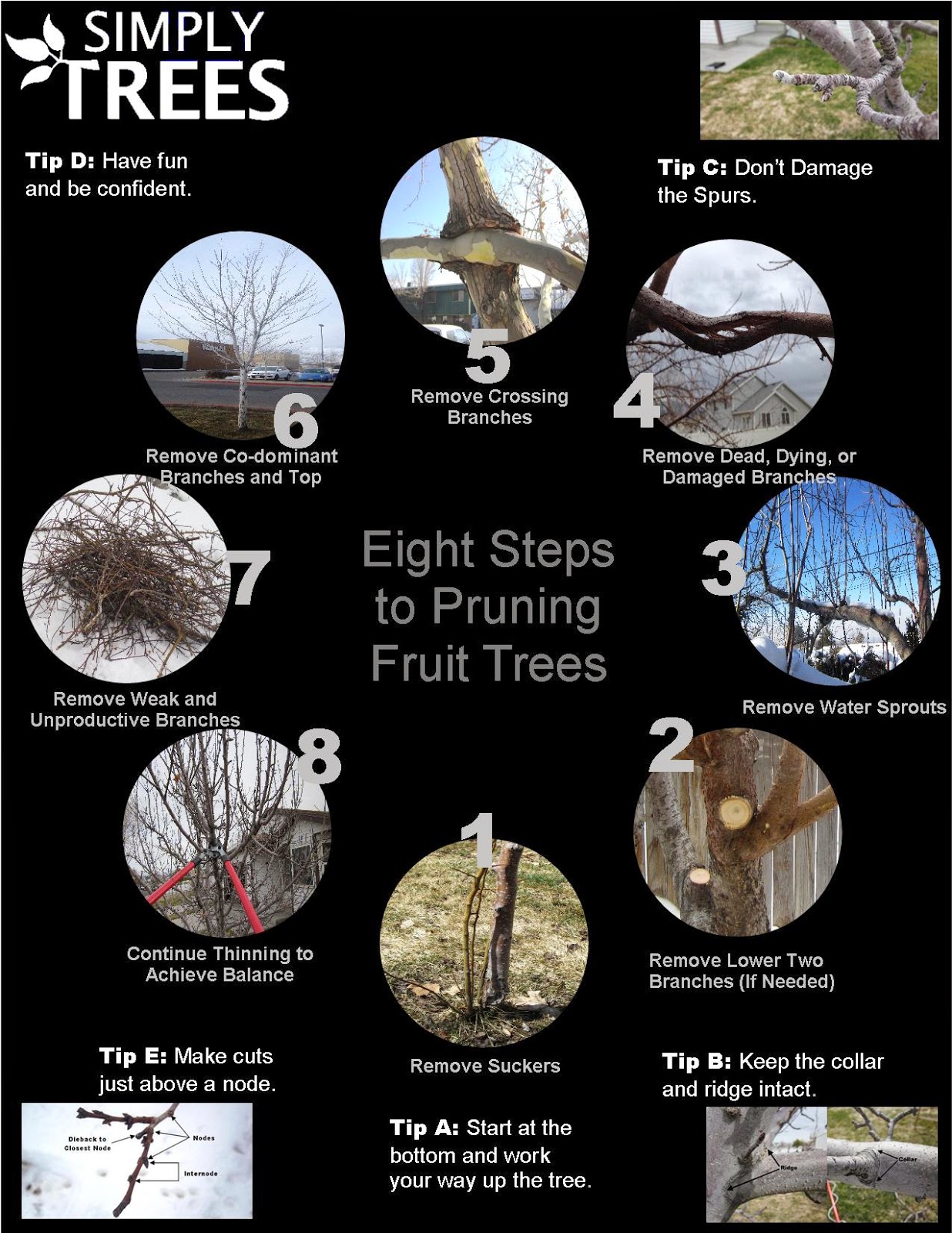Can Trees Be Preserved? Indicators For Necessary Tree Elimination
Can Trees Be Preserved? Indicators For Necessary Tree Elimination
Blog Article
Authored By-Bailey Harrington
If you've ever wondered about the fate of the trees on your home, understanding when it's time for elimination is essential. However how do you figure out if a tree can be conserved or if elimination is the only alternative? By searching for details signs and examining security threats, you can make enlightened decisions that benefit both your landscape and your environments. Let's discover the crucial elements that enter into play when determining the destiny of a tree and exactly how you can ensure the most effective result for your environment-friendly companions.
Signs of Tree Decline
If you notice any one of the complying with indications of tree decline in your yard, it may be time to consider tree elimination.
One usual indication is dead or rotting branches, which can suggest underlying concerns affecting the tree's health. Watch out for stained or wilted fallen leaves that linger even with correct care, as this could be an indication of illness or parasites.
An additional warning signal is extreme leaning or an obvious change in the tree's base, which may suggest root concerns or architectural instability. Keep an eye out for fungal growth on the trunk or origins, as this can show rot and endanger the tree's security.
In addition, if you observe huge fractures in the trunk or major arm or legs, it's critical to attend to these issues without delay to avoid prospective risks. Addressing these indicators of tree decline without delay can help preserve the security and aesthetic appeals of your backyard setting.
Safety Worries
To guarantee the wellness of your residential or commercial property and those around you, focusing on safety and security worries associated with trees is extremely important. Trees can position numerous security risks otherwise correctly kept. Dead or rotting branches might fall unexpectedly, threatening people or destructive structures.
Leaning trees can additionally be hazardous, specifically if they're leaning towards a structure or high-voltage line. Furthermore, trees with substantial origin systems near structures or underground utilities can trigger considerable damages gradually.
It's important to frequently examine your trees for any indications of possible risk. Keep an eye out for cracks in the trunk, large dental caries, or indicators of illness and degeneration. If you notice any of these issues, it's ideal to speak with a specialist arborist to analyze the circumstance and figure out the needed course of action.
Taking positive steps to attend to security problems without delay can stop mishaps and property damage in the future. Keep in mind, the safety of your residential property and those around you need to always be the leading priority when it concerns tree maintenance.
Consulting an Arborist
When considering the health and safety of your trees, consulting an arborist is an essential step. Arborists are educated experts who specialize in the treatment and maintenance of trees. They can examine the overall health and wellness of your trees, determine any kind of problems such as illness or architectural problems, and give experienced referrals on the very best course of action.
By seeking advice from an arborist, you can receive valuable insights into the problem of your trees and establish whether removal is essential. Arborists have the understanding and experience to review the dangers related to keeping a tree versus removing it. They can also supply support on alternate remedies, such as pruning, cabling, or bracing, to assist protect the tree whenever feasible.
Furthermore, mouse click the up coming website can aid you navigate any kind of local guidelines or permits that may be required for tree elimination. Their proficiency can make certain that the procedure is executed safely and in compliance with any appropriate legislations.
Final thought
Finally, when figuring out whether trees can be saved or if elimination is needed, it is necessary to take into consideration indications of decline and safety issues. Consulting an arborist for a thorough evaluation is important in making the very best choice for the tree's health and possible hazards. Bear in mind, proactive treatment and prompt activity can aid maintain trees and prevent accidents.
